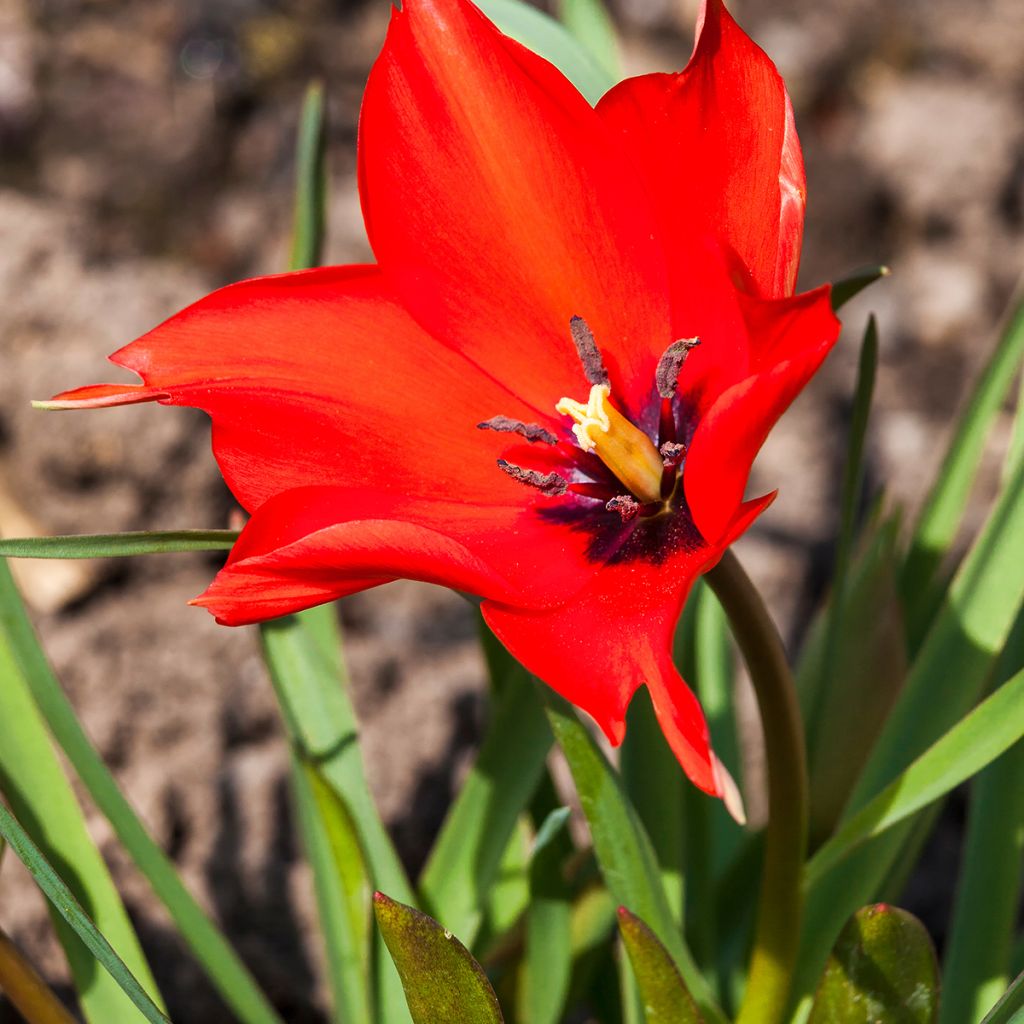

Tulipa linifolia - Botanical Tulip
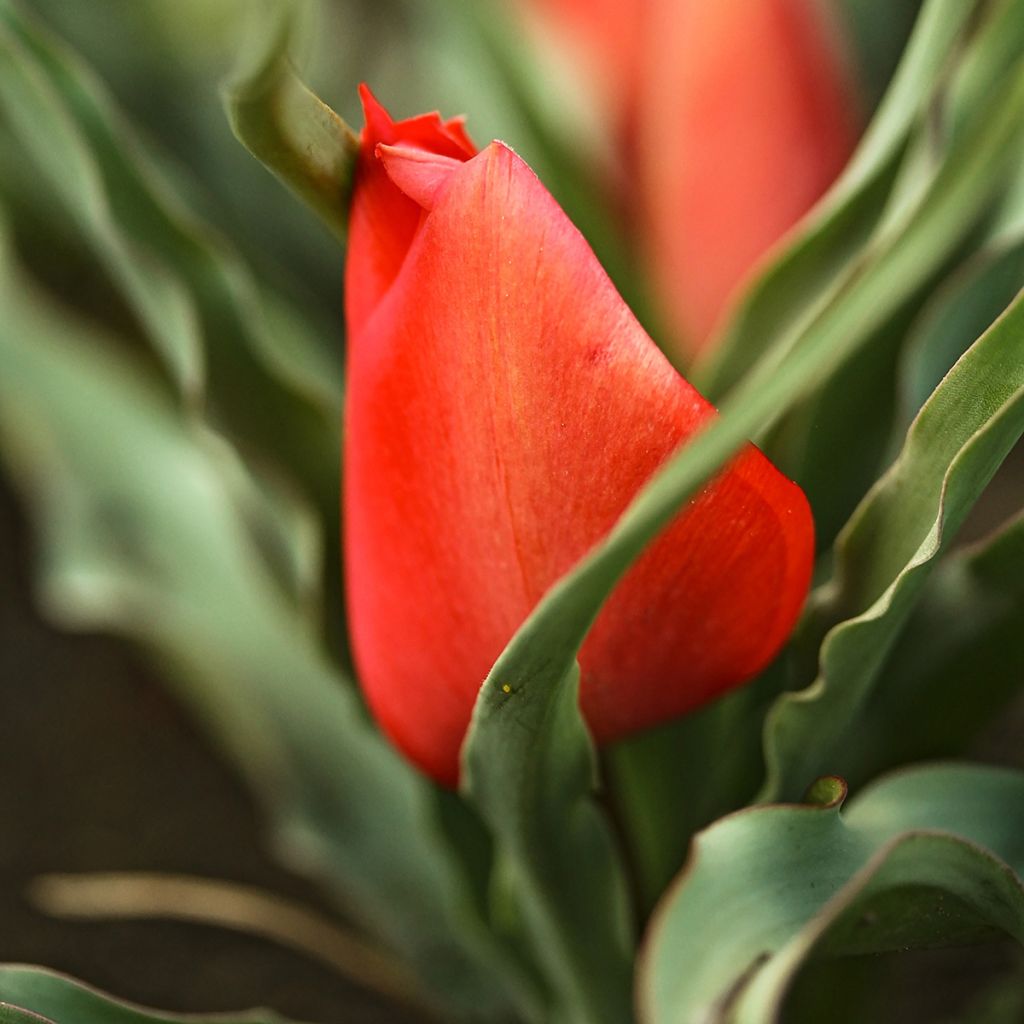

Tulipa linifolia - Botanical Tulip
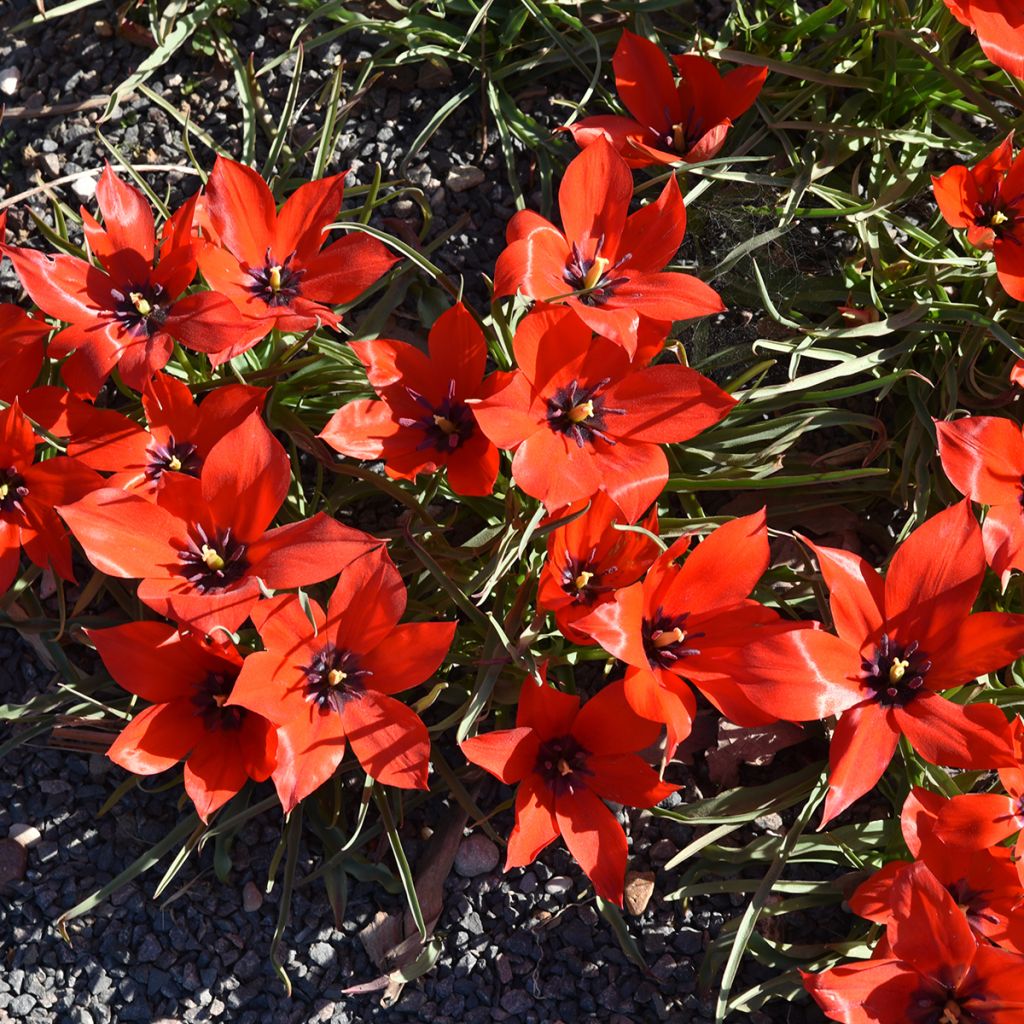

Tulipa linifolia - Botanical Tulip
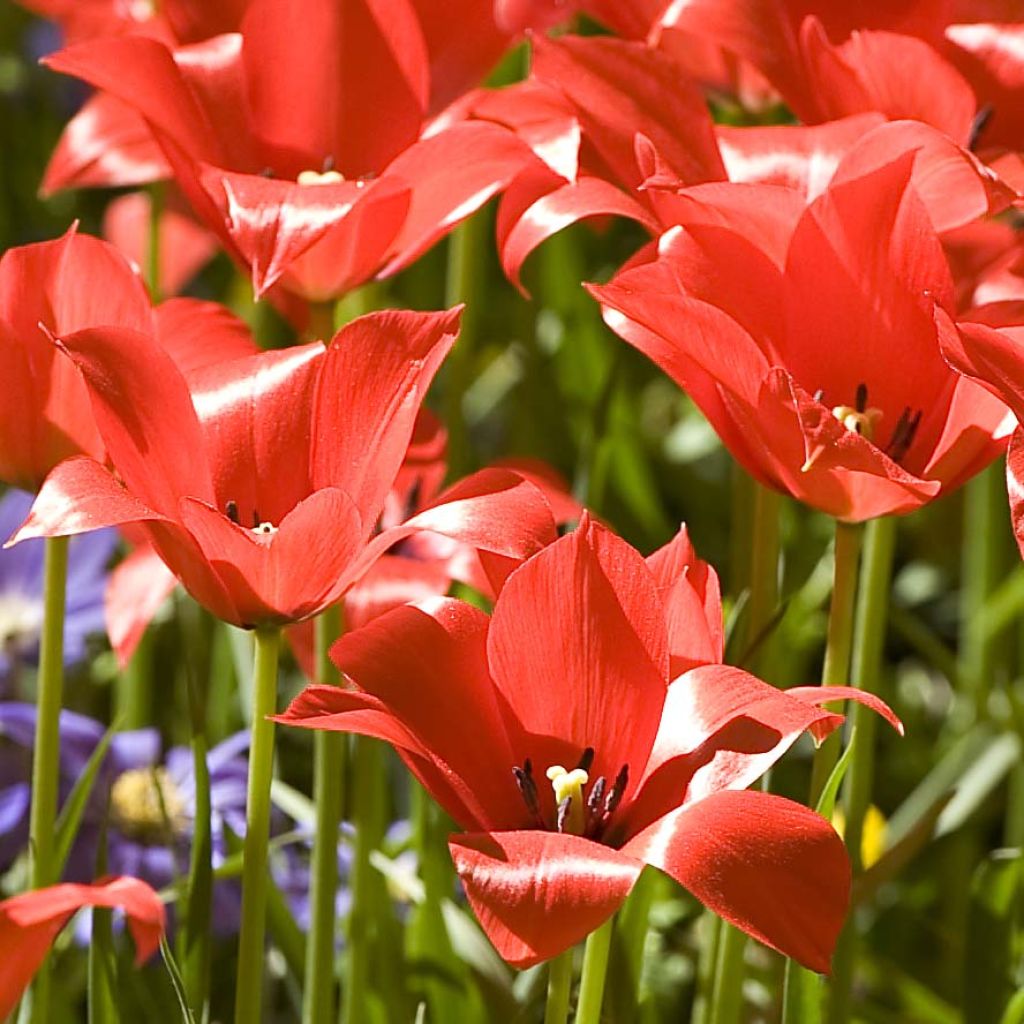

Tulipa linifolia - Botanical Tulip
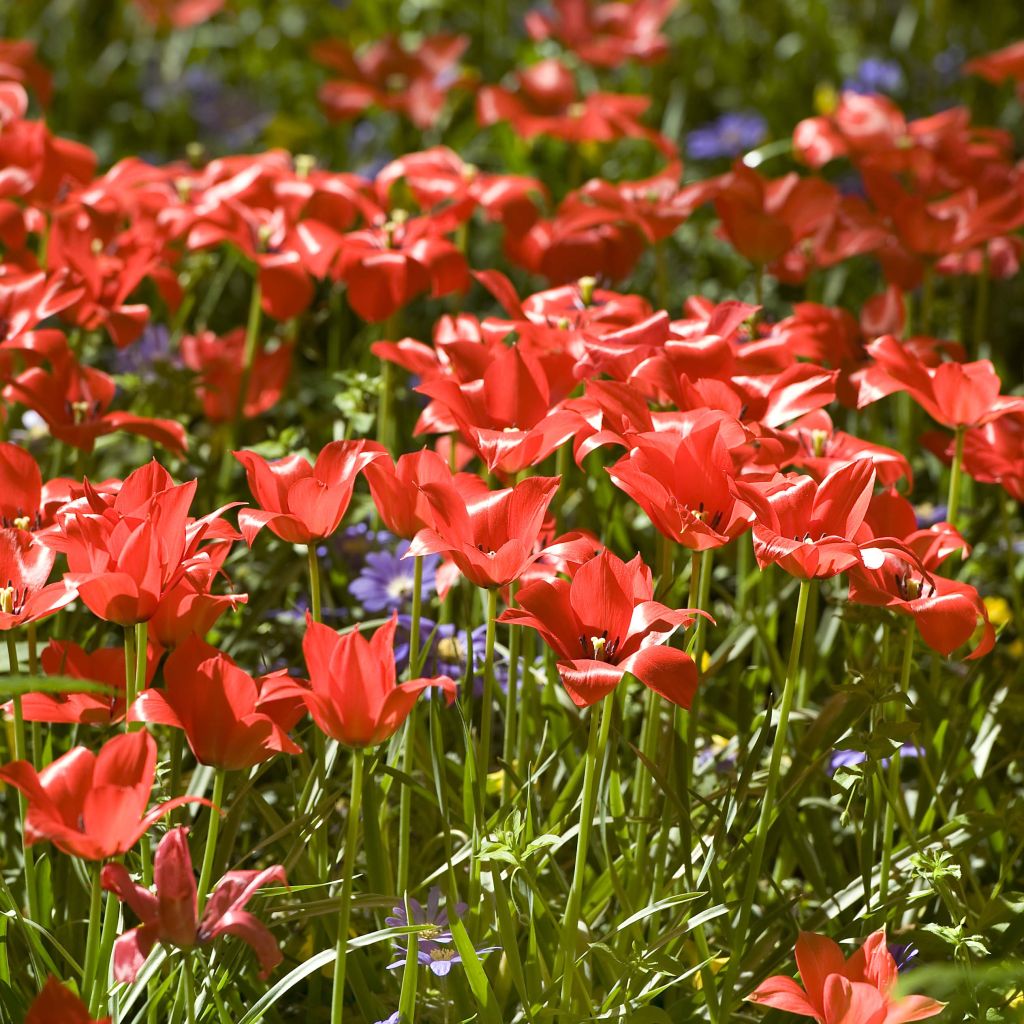

Tulipa linifolia - Botanical Tulip
Tulipa linifolia - Botanical Tulip
Tulipa linifolia
Tulip
All the bulbs ordered in the autumn are currently growing well. Brilliant!
vincent, 01/02/2024
This plant carries a 6 months recovery warranty
More information
We guarantee the quality of our plants for a full growing cycle, and will replace at our expense any plant that fails to recover under normal climatic and planting conditions.
From €5.90 for pickup delivery and €6.90 for home delivery
Express home delivery from €8.90.

Does this plant fit my garden?
Set up your Plantfit profile →
Description
Tulipa linifolia is a very pretty little tulip that has become rare in nature, but is one of the easiest wild species to grow in the garden, provided it is given well-drained soil. Its magnetic red petals open in the sun, slightly overlapping, like the gleaming blades of a living propeller with a black heart. It blooms in the sun and closes at night. From its mountain origins, it has retained a clear preference for well-drained soil which is moist in spring and dry in summer and winter. This small, vibrant bulb will faithfully flower every year, in April-May, in full sun.
Very similar to Tulipa batalinii and Tulipa maximowiczii, but with a bright red colour and a black basal spot, Tulipa linifolia is a small bulbous perennial of the lily family, native to mountainous areas of Central Asia, specifically Uzbekistan and Afghanistan. First described in 1884, this dwarf tulip will not exceed 10 to 15 cm (4 to 6in) in all directions. It forms a rosette of narrow, wavy-edged, green-blue leaves, close to the ground, which are deciduous in summer. Its flowers bloom in April-May, depending on the climate. The 6 almond-shaped petals, with pointed tips, that make up the calyx open in the sun by curving, revealing a jet black heart with violet-gray anthers. They are a very pure primary red, edged with a paler tone and shiny like organza. On the outside, the base of the tepals is touched with green.
Botanical tulips do not degenerate over time like large-flowered tulips. They naturalise and can remain in place for several years without special care and thrive in borders and rock gardens. To create colourful scenes, they can be combined with various small bulbs: Crocus, Anemone blanda, Muscari, Puschkinia, Cyclamen coum... These tulips are unmatched for bringing the colours of spring to pots or sunny gardens.
Species of tulips are found in most of the Old World, from Western Europe to China and Japan, through Eastern Europe, Asia Minor, and Central Asia. Their distribution range also includes North Africa and the Indian subcontinent. The centre of diversity of the genus Tulipa is in the Pamir and Hindu Kush mountains and the steppes of Kazakhstan.
Report an error about the product description
Tulipa linifolia - Botanical Tulip in pictures
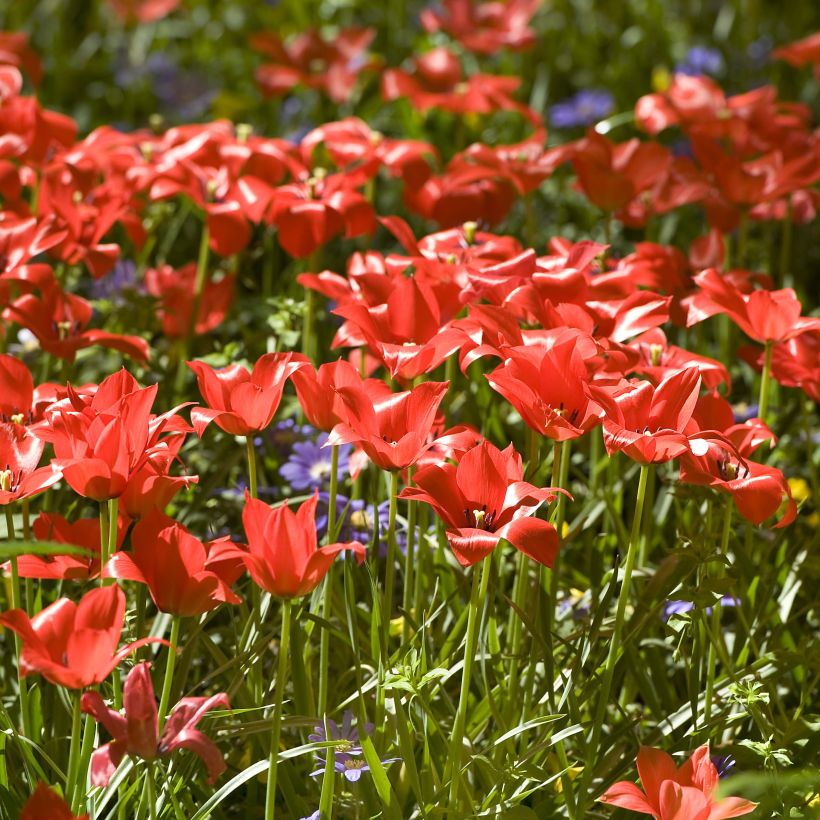

Plant habit
Flowering
Foliage
Botanical data
Tulipa
linifolia
Liliaceae
Tulip
Central Asia
Planting and care
Plant your tulips as soon as possible in a well-drained soil. Loosen the soil deeply, adding coarse sand or gravel to the garden soil if necessary. Plant them at a depth of 8 cm (3in) (Bulbs should be covered with twice their height of soil). Space the bulbs a few cm apart, making sure they don't touch each other. Choose a sunny location for better flowering. After flowering, cut the flower stalks and allow the leaves to dry completely before cutting them.
You can create beautiful flower carpets around the house, in flower beds, around trees, or in wild areas. It is economical and sustainable provided that you follow a few principles: 1) This planting should be left in place. 2) Choose the varieties carefully according to the specific area. 3) A resting period is essential after flowering for the bulbs to regenerate. Let the foliage turn yellow and dry before cutting it. 4) Organic fertiliser should be spread once a year in autumn.
Planting period
Intended location
Care
-
, onOrder confirmed
Reply from on Promesse de fleurs
Haven't found what you were looking for?
Hardiness is the lowest winter temperature a plant can endure without suffering serious damage or even dying. However, hardiness is affected by location (a sheltered area, such as a patio), protection (winter cover) and soil type (hardiness is improved by well-drained soil).

Photo Sharing Terms & Conditions
In order to encourage gardeners to interact and share their experiences, Promesse de fleurs offers various media enabling content to be uploaded onto its Site - in particular via the ‘Photo sharing’ module.
The User agrees to refrain from:
- Posting any content that is illegal, prejudicial, insulting, racist, inciteful to hatred, revisionist, contrary to public decency, that infringes on privacy or on the privacy rights of third parties, in particular the publicity rights of persons and goods, intellectual property rights, or the right to privacy.
- Submitting content on behalf of a third party;
- Impersonate the identity of a third party and/or publish any personal information about a third party;
In general, the User undertakes to refrain from any unethical behaviour.
All Content (in particular text, comments, files, images, photos, videos, creative works, etc.), which may be subject to property or intellectual property rights, image or other private rights, shall remain the property of the User, subject to the limited rights granted by the terms of the licence granted by Promesse de fleurs as stated below. Users are at liberty to publish or not to publish such Content on the Site, notably via the ‘Photo Sharing’ facility, and accept that this Content shall be made public and freely accessible, notably on the Internet.
Users further acknowledge, undertake to have ,and guarantee that they hold all necessary rights and permissions to publish such material on the Site, in particular with regard to the legislation in force pertaining to any privacy, property, intellectual property, image, or contractual rights, or rights of any other nature. By publishing such Content on the Site, Users acknowledge accepting full liability as publishers of the Content within the meaning of the law, and grant Promesse de fleurs, free of charge, an inclusive, worldwide licence for the said Content for the entire duration of its publication, including all reproduction, representation, up/downloading, displaying, performing, transmission, and storage rights.
Users also grant permission for their name to be linked to the Content and accept that this link may not always be made available.
By engaging in posting material, Users consent to their Content becoming automatically accessible on the Internet, in particular on other sites and/or blogs and/or web pages of the Promesse de fleurs site, including in particular social pages and the Promesse de fleurs catalogue.
Users may secure the removal of entrusted content free of charge by issuing a simple request via our contact form.
The flowering period indicated on our website applies to countries and regions located in USDA zone 8 (France, the United Kingdom, Ireland, the Netherlands, etc.)
It will vary according to where you live:
- In zones 9 to 10 (Italy, Spain, Greece, etc.), flowering will occur about 2 to 4 weeks earlier.
- In zones 6 to 7 (Germany, Poland, Slovenia, and lower mountainous regions), flowering will be delayed by 2 to 3 weeks.
- In zone 5 (Central Europe, Scandinavia), blooming will be delayed by 3 to 5 weeks.
In temperate climates, pruning of spring-flowering shrubs (forsythia, spireas, etc.) should be done just after flowering.
Pruning of summer-flowering shrubs (Indian Lilac, Perovskia, etc.) can be done in winter or spring.
In cold regions as well as with frost-sensitive plants, avoid pruning too early when severe frosts may still occur.
The planting period indicated on our website applies to countries and regions located in USDA zone 8 (France, United Kingdom, Ireland, Netherlands).
It will vary according to where you live:
- In Mediterranean zones (Marseille, Madrid, Milan, etc.), autumn and winter are the best planting periods.
- In continental zones (Strasbourg, Munich, Vienna, etc.), delay planting by 2 to 3 weeks in spring and bring it forward by 2 to 4 weeks in autumn.
- In mountainous regions (the Alps, Pyrenees, Carpathians, etc.), it is best to plant in late spring (May-June) or late summer (August-September).
The harvesting period indicated on our website applies to countries and regions in USDA zone 8 (France, England, Ireland, the Netherlands).
In colder areas (Scandinavia, Poland, Austria...) fruit and vegetable harvests are likely to be delayed by 3-4 weeks.
In warmer areas (Italy, Spain, Greece, etc.), harvesting will probably take place earlier, depending on weather conditions.
The sowing periods indicated on our website apply to countries and regions within USDA Zone 8 (France, UK, Ireland, Netherlands).
In colder areas (Scandinavia, Poland, Austria...), delay any outdoor sowing by 3-4 weeks, or sow under glass.
In warmer climes (Italy, Spain, Greece, etc.), bring outdoor sowing forward by a few weeks.


































